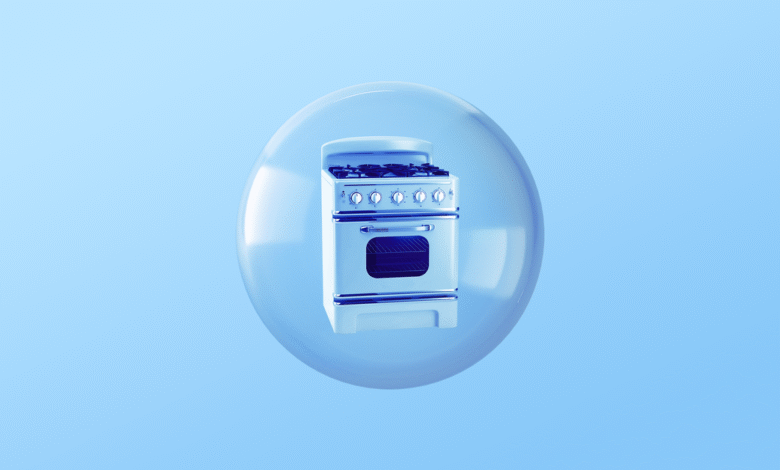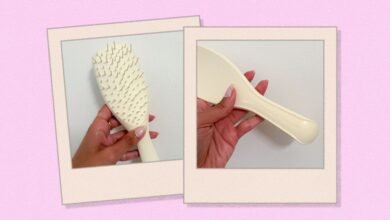Apocalypse Now: Unstoppable Demise of Long-Lasting Gadgets!

The End of Durable Appliances: A Deep Dive Into the Evolving World of Household Goods
In recent years, the durability of household appliances has become a growing concern for consumers. Once, appliances were designed to last for decades, but now many consumers find themselves replacing their items far too frequently. This post explores the reasons behind this shift in appliance longevity and the implications for consumers, supported by insights and findings from a comprehensive review.
The Shift in Appliance Durability
The transformation in the manufacturing and marketing of appliances has introduced a cycle of shorter lifespans. Once revered for their sturdiness, modern appliances are now often built with obsolescence in mind. This trend is concerning as it not only impacts consumer spending but also generates unnecessary waste.
Historical Context
Appliances from the 1950s and 1960s were known for their reliability and long-lasting performance. They were built to withstand the rigors of daily use, often remaining functional for 20 years or more. However, over the decades, the focus shifted from quality to quantity, and manufacturers began to prioritize cost over craftsmanship.
Factors Contributing to Shortened Lifespans
Several factors contribute to the decline in durability across various household appliances:
- Cost-Cutting Measures: Manufacturers often cut corners in production to reduce costs, resulting in lower-quality materials and construction methods.
- Rapid Technology Advancements: As technology evolves, companies frequently release updated models, pushing consumers to replace their items rather than repair them.
- Consumer Behavior: The ‘throwaway culture’ encourages people to opt for newer models rather than maintain older appliances.
Understanding Planned Obsolescence
Planned obsolescence refers to a strategy where products are designed with an artificially limited useful life. This practice compels consumers to purchase again sooner than they might wish. Unfortunately, this leads to increased waste and dissatisfaction among users who value durability and sustainability.
Expert Insights
Experts have weighed in on the impact of these trends, suggesting that consumers are becoming increasingly frustrated with the decline in quality. Many customers report issues with appliances breaking down significantly sooner than they used to, sparking discussions about rights to repair and the importance of industry standards.
Consumer Perspectives
Online forums and reviews reveal a growing outcry over the longevity of appliances. Consumers express dissatisfaction with having to replace machines after just a few years of service. There’s a heightened demand for transparent practices, where users want to know the expected lifespan of their products and whether they’re built to last.
Pros and Cons of Modern Appliances
| Pros | Cons |
|---|---|
| Advanced features and improved energy efficiency. | Shorter lifespan and increased waste. |
| Smaller and more compact designs suited for modern homes. | Higher likelihood of breakdown and repair costs. |
| Integration with smart home technology. | Lack of repairability and service options. |
Product Specifications
| Appliance Type | Brand | Model | Average Lifespan | Energy Efficiency Rating |
|---|---|---|---|---|
| Refrigerator | Samsung | RF28R7201SR | 10-15 years | A++ |
| Washing Machine | LG | WM3900HWA | 10-12 years | A+++ |
| Microwave Oven | Panasonic | NN-SN966S | 5-10 years | A++ |
The Call for Change
The decline of durable appliances is a call for change among manufacturers and consumers alike. As interest in sustainability grows, there is pressure for companies to redesign products with longevity in mind. The ‘repair revolution,’ which advocates for ease of repairable goods, is gaining traction as consumers demand appliances that last.
A Path Forward
To counter the trend of disposable appliances, both consumers and manufacturers must pivot toward more sustainable practices. Emphasizing quality, transparency, and repairability in product design can help restore faith in the longevity of household goods.
Conclusion
The journey into the modern lifespan of home appliances reveals a troubling trend of diminished durability. Understanding the factors at play can empower consumers to make informed choices, advocate for their rights, and vote with their wallets for products designed to last. As we move forward, the hope is that a renewed focus on sustainability will lead to an era where consumers can invest confidently in durable appliances once again.





